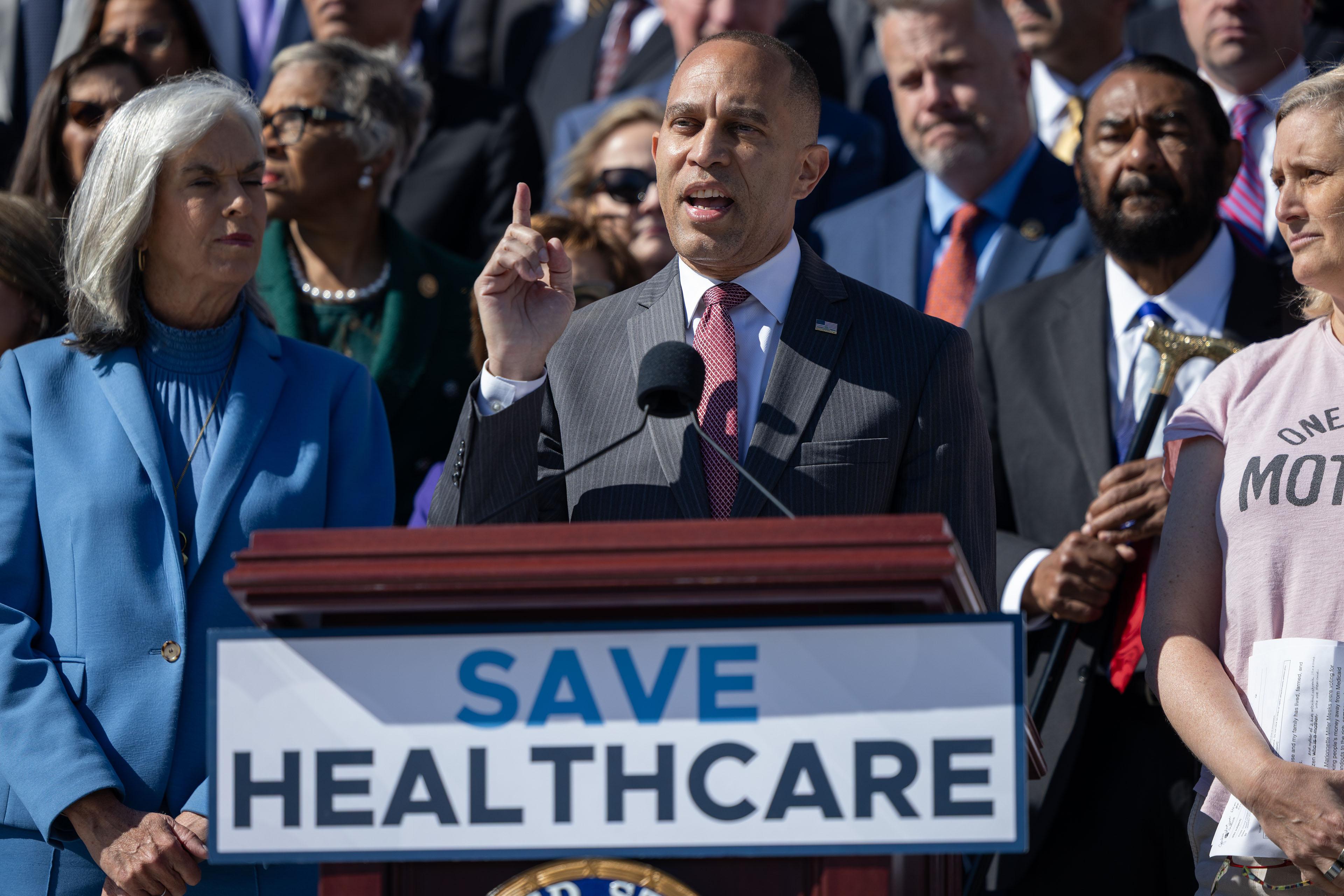KFF Health News: Congressional Stalemate Creates Chaos for Obamacare Shoppers
This year, Affordable Care Act marketplace consumers will need to be more informed than ever to navigate their health coverage choices.
The independent source for health policy research, polling, and news.
The ACA Marketplace Open Enrollment season begins November 1, and with it comes looming changes to the enhanced premium tax credits, increases in out-of-pocket premiums, and changes to Marketplace enrollment and eligibility rules.
Until Congress passes the reconciliation bill, Marketplace insurers will face uncertainty regarding the regulatory landscape and may find it difficult to set premiums for 2026. ... more
A CMS rule, once finalized, is generally intended to exist permanently or until it is repealed.... This temporary implementation may preserve the potential for the reconciliation bill to generate official savings through changes to ACA marketplaces in later years (2027–2034) if enacted. ... more
Taken together, the reconciliation bill's provisions impose additional administrative burdens on state-based marketplaces and could limit state flexibility in choosing marketplace policies and procedures. ... more




Choose which emails are best for you.
Sign up here